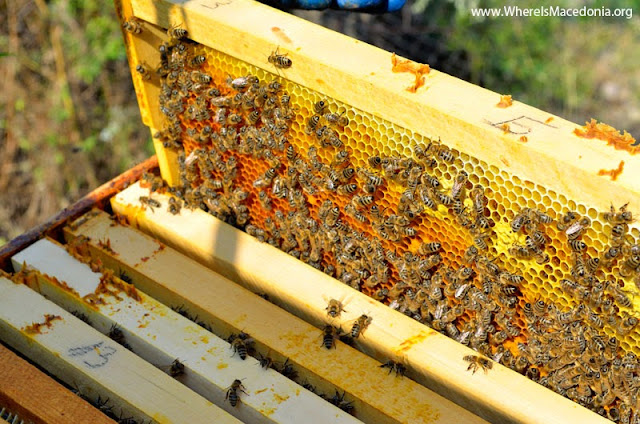Honey is a biologically beneficial food product with a high content of glucose and fructose that quickly are absorbed in the blood. This is why honey is one of the most important sources of energy, especially for people who recover after a long illness, athletes, heavy-duty workers, etc.
Apart from sugars, honey contains important mineral ingredients, enzymes, and hormones that have high healing and regenerative effect.
How much honey per day is beneficial for adults and for children?
Honey has a healing effect only if it's consumed correctly. It should be taken in liquid state three times a day, always 1.5-2 hours before meals or 3 hours after it. Recommended daily dose for adults is at least 100 and not more than 200 grams (30 - 60 grams in the morning, 40 - 80 grams during the day and 30 - 60 grams in the evening).
Honey treatment can last for 2 months.
Children can consume one teaspoon of honey three times a day, which corresponds to approximately 30 grams per day.
What happens when you eat too much honey?
Eating too much honey can cause some serious problems.
Overdose with honey leads to suppression of the body and acceleration of the work of the pancreas. It can dramatically increase the sugar level, cause allergy, and even increase body weight.
How Long Does Honey Last?
Mature honey, put in a well-closed vessel and in a dry room, preserves its quality for unlimited time. For example, in Egypt, at the opening of the tomb of Pharaoh Tutankhamun, archaeologists have found pots of honey dating back approximately 3,000 years, which was still perfectly edible.
The secret behind honey’s eternal shelf life is a range of factors. Hydrogen peroxide, acidity and lack of water work together to make this sticky substance last forever. The ancient Egyptians used honey for a multitude of purposes including as a sweetener, a gift for the gods and an ingredient in embalming fluid.
When the pot is opened, the honey takes humidity from the air and begins to dilute the surface and ferment, which gives the honey an unpleasant smell.
Photos: www.whereismacedonia.org














Social Plugin